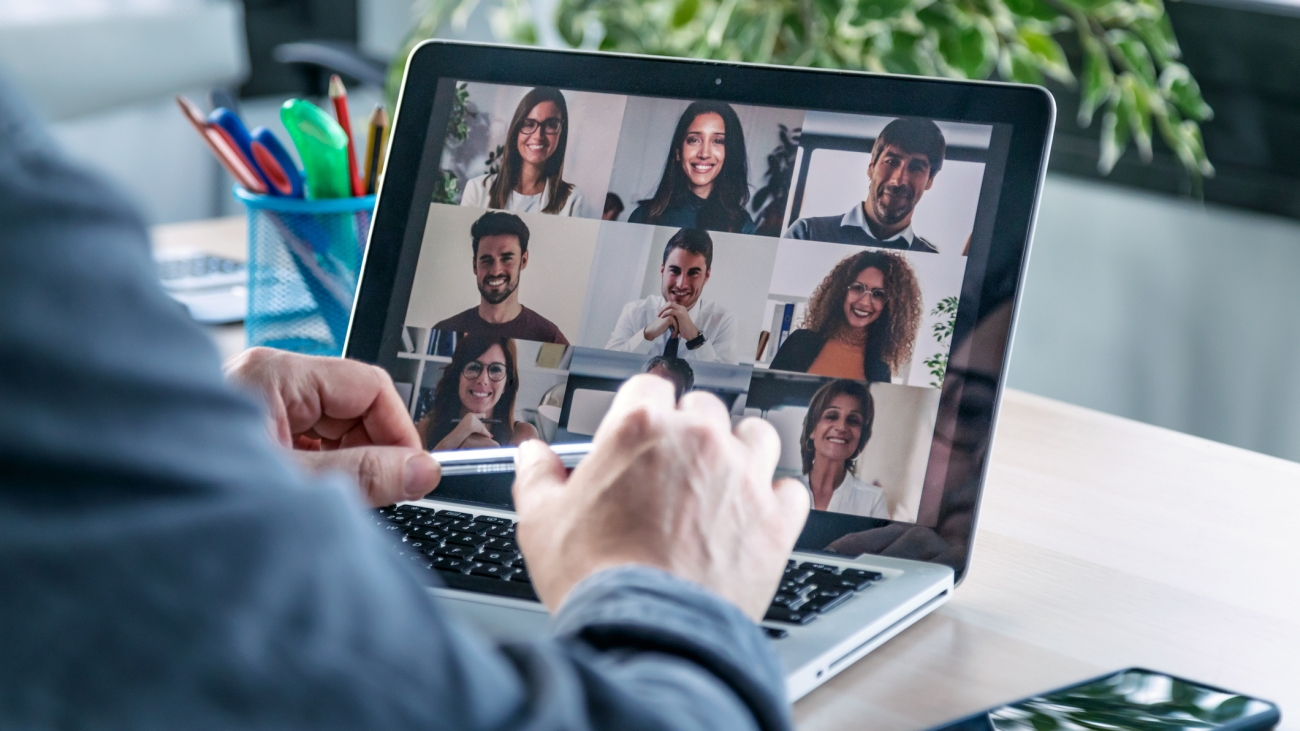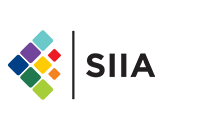June 09, 2020 by Ronn Levine
“Every day is hard. Often, there’s very little or nothing they can do. [In addition to patients,] they see their own colleagues pass away… It’s very stressful. Plus their hours might be getting cut. Many of them have had their budgets frozen because many hospitals and emergency departments are really suffering right now. They’re not getting business from elective surgeries and overall volume in EDs [emergency departments] is actually down.”
This was different.
“This gets at the heart of what our audience is seeing and dealing with every day,” she wrote.
As an information provider but also a business, how do you respond? For Williford, the humanity came first. She spoke last Tuesday as part of the excellent two-day SIPA 2020 and repeated something she told me: That EB Medicine forgot to initially ask for email addresses on the free COVID-19 resources they posted on their site. Given the 340,000 and counting views for one primary article, it probably cost them a lot of leads.
But I think they can be excused for forgetting that.
“We were initially going to keep our [COVID-19] content behind the paywall, but we immediately got pushback on that,” Williford said Tuesday. “When we did put it in front, we got really positive response.” That 340,000-views article might typically get 10,000 views. “So traffic has gone through the roof. Every week we’re adding more content. We’re doing more regular podcasts, more social media. International organizations are asking if they can link to us, and if they can translate the content—Japanese, Spanish, Italian.
“We’re still mixing in our regular content. It’s not all COVID all the time, but we are pushing people towards the free content. We’ve seen pretty good results so far, with a couple hundred new email signups. Subscriptions have increased 9% we think due to the increased engagement. It’s definitely been a challenge and an increased workload—the COVID content plus everything else we do—but the customers appreciate having the information.”
As for the economic woes—some of their audience have had salaries cut in half—Williford said that she tries to be understanding and flexible. “We’ve kind of gone outside our wheelhouse [and become] a little more touchy feely. We’ve created a wellness resources section on our website. That’s something we’ve never had before. We’ve done blogposts about mindfulness, show them we care. Plus things llike, ‘Here’s where you can get discounted shoes, airbnb’s [it’s not always safe for them to go home] and free yoga classes.'”
And not every contact they make with customers is a sales pitch. Sometimes now, Williford said, they will just check in. “‘How are you doing? How can we help?’ We’ll remind them of the free resources we have available. We’ve actually had a lot of positive feedback from that. ‘Thanks for asking. I’m doing well. It’s been a struggle but I appreciate what you guys are providing.'”
Williford has also stopped any telemarketing. “They’re just so stressed; we thought adding a phone call is not going to help them. For our larger accounts, we’re doing virtual lunches—just casual conversation, again trying to pay attention to what their needs are.”
Still, the business continues. EB Medicine continues to invest in different areas right now, reallocating in-person event money to online sponsorships and exhibits. They’ve also expanded their retargeting and remarketing efforts with Google Ad Words; eliminated a step from their checkout process; added a pop-up if a visitor is on their website for longer than 30 seconds; and started doing live webinars. Williford just never thought their audience wanted that. Plus it’s a very competitive space.
But the world has changed.
“Our customers are really in the thick of it,” she said. “Fortunately, we have an editorial board for each product, and they really drive those product decisions. They’re able to tell us from the ground what [our customers] need. A hospital might not be able to develop their own protocol, for example.
From the humanity end, one line seems to guide Williford right now: You can’t take care of your patients unless you take care of yourself.
“Our main focus is on the practical application—what can you do with us? Here’s what you need to do. Luckily we have a very connected editorial board.”
As for her own staff of 14, Williford has reached out to all of them during this time to see how they’re doing. But she believes more is needed. “We don’t have a regular company-wide meeting every week. But we’re getting ready to re-implement that again. I’m feeling disconnected and that we need that.”
If they’re seeing what she’s seeing, it probably makes sense.
That was from a conversation I had with Stephanie Williford, CEO of EB Medicine and a new SIPA executive board member, a few weeks ago. She was describing many of her customers who are ED personnel and ER doctors. I had interviewed people on the frontlines of COVID-19 before, but more in loans and banks and people hurting that way
















 Jeff Joseph, President, SIIA
Jeff Joseph, President, SIIA

 By Sherrif Karamat, CEO of
By Sherrif Karamat, CEO of 